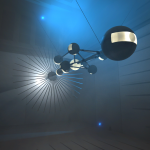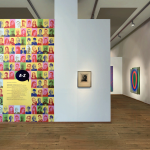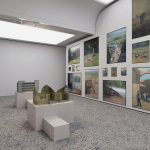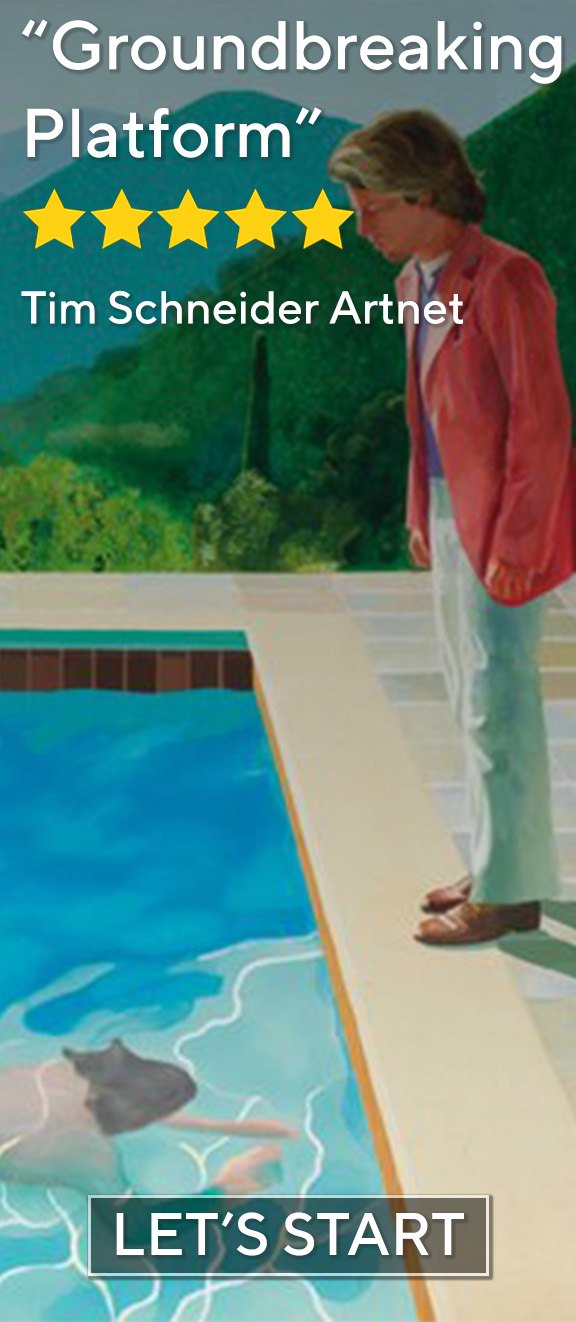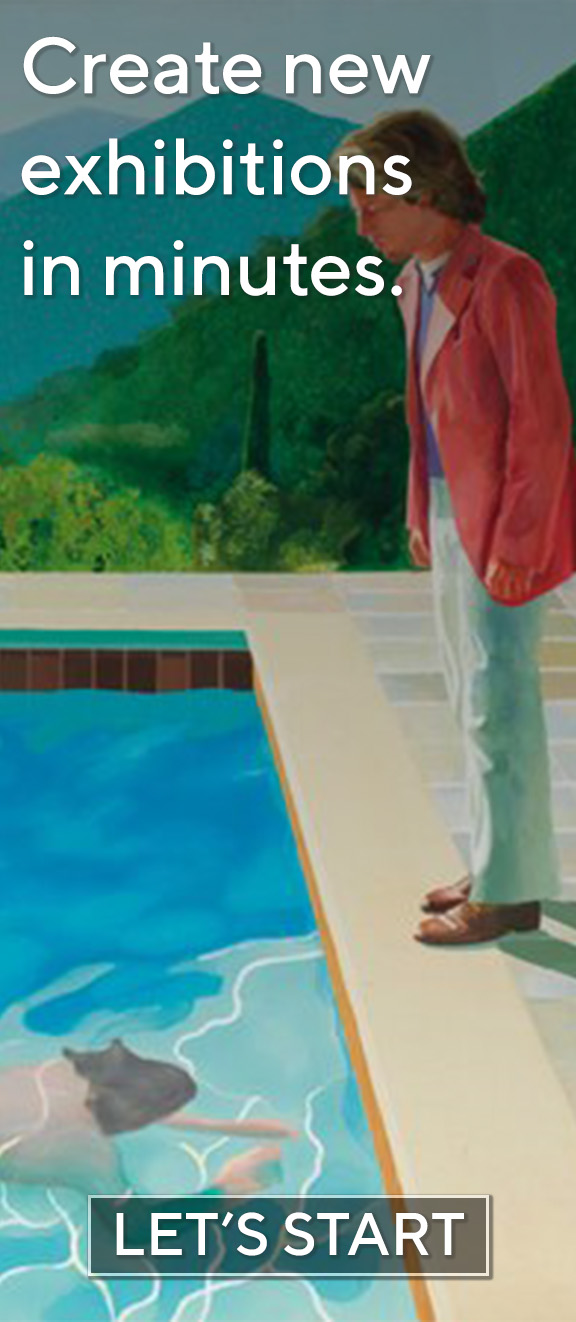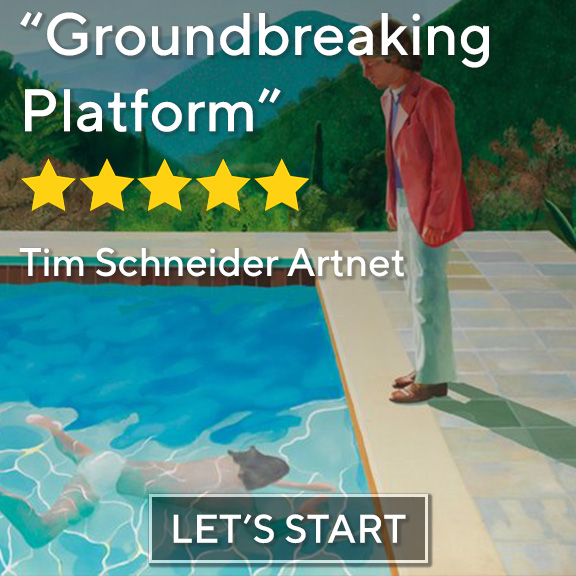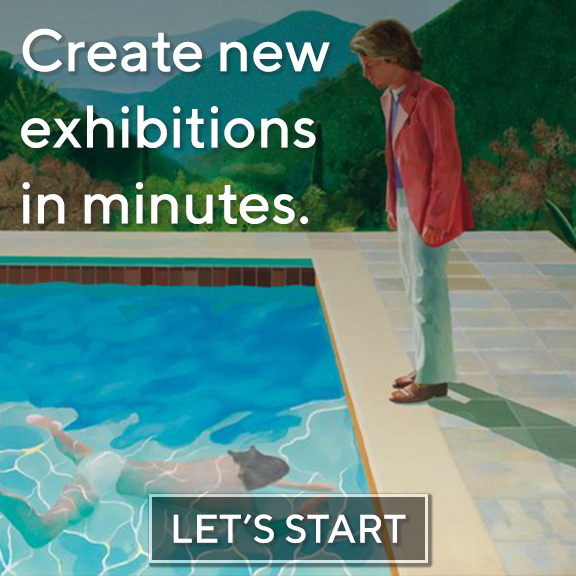Overview
The course aimed to prepare students to design future exhibition experiences by bridging physical and virtual spatial concepts, with a particular emphasis on innovative curatorial practices and technological integration.
The collaborative course between MOME Moholy-Nagy University of Art and Design, Light Art Museum, and Walter’s Cube represented a critical intervention in arts education, addressing the rapidly evolving landscape of cultural consumption and exhibition design in the digital age.
In an era where technological boundaries are continuously blurring, this course is strategically positioned to prepare the next generation of creative professionals for the complex, interdisciplinary challenges of contemporary cultural production. The program goes far beyond traditional exhibition design, diving deep into the intersections of art, technology and immersive experience creation.
The course fundamentally reimagined how cultural experiences can be conceived, designed, and delivered. By exploring questions like “How can the aura of an artifact be digitally reproduced?” students were challenged to think critically about representation, authenticity, and technological mediation. Practical outcomes included students developing fictional exhibitions that combine virtual curatorial practices with immersive space design. This hands-on approach ensures that theoretical knowledge is immediately translated into creative practice.
For the next generation of creative professionals, this course represents more than just a learning experience — it’s a transformative approach to understanding how art, technology, and human perception intersect. Through interdisciplinary collaboration and the strategic adoption of emerging technologies, students develop the skills to create culturally resonant experiences for diverse audiences. As physical and digital interactions become increasingly integrated in contemporary society, creative professionals must be equipped to design experiences that effectively bridge these realms while maintaining authenticity and purpose.
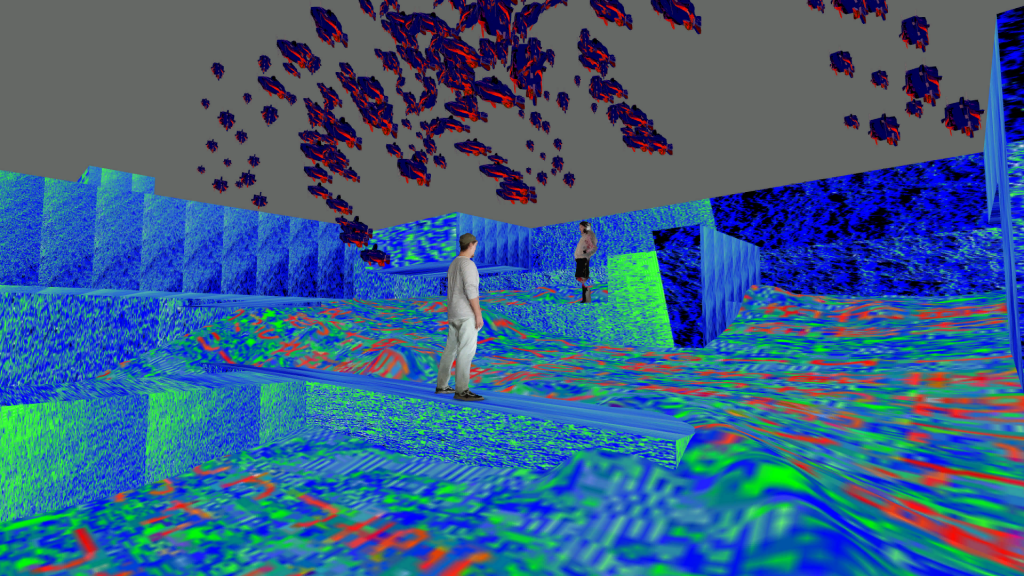
Partners
- MOME Moholy-Nagy University of Art and Design, Budapest
- Light Art Museum, Budapest
- Walter’s Cube
Project Overview
Exploring virtual and physical exhibition experiences through innovative digital and immersive technologies.
Key Objectives
- Develop new approaches to creating virtual exhibitions
- Analyze immersive spatial experiences in cultural contexts
- Combine art, science, and technology in exhibition design
Course Highlights
- Students create virtual exhibitions using vCurator software
- Interdisciplinary collaboration between theoretical and art students
- Exploration of physical modeling, 3D scanning, augmented reality, and immersive space design
Visit a selection of immersive exhibitions
“Fragments” created by Lili Pokker
“0x80070570” created by Veszna Békési
Immersive space created by Dóra Karcz
“Just Give Me A Break” created by Luca Karas
Immersive space created by Ádám Ellenbacher


